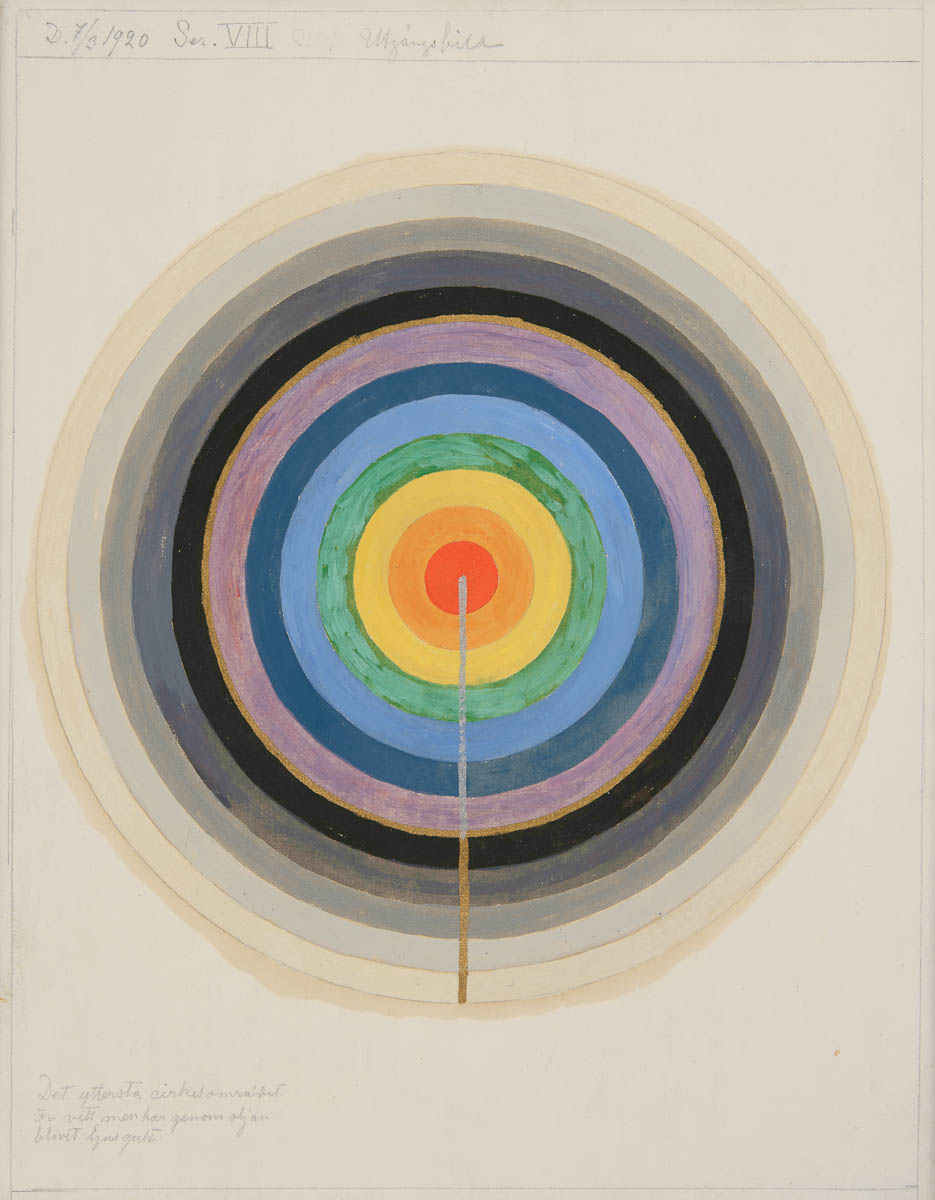The very word consciousness is often relegated to the realm of the spiritual; however, ignoring the role of consciousness in business and your everyday interactions is to deprive yourself, your team, and your organization of a powerful tool for innovation and creative problem solving – two concepts that are widely accepted as essential for surviving the rapidly changing business environment of the 21st Century.
Merriam-Webster tells us that consciousness is “the quality or state of being aware especially of something within oneself or the state or fact of being conscious of an external object, state, or fact”. Personally, I’d propose that consciousness be defined as “the awareness or the perception of a realized or potential reality or condition – encompassing both the tangible & intangible”.
Consciousness is not just for spiritual seekers, new age yoginis or crystal enthusiasts guided by their spirit animals – consciousness is the elephant in the room – the nebulous and impossible to quantify element that will either support or limit a person’s ability to contribute to an optimized outcome on any scale. It’s a life skill without a certification or scoring system, and if we can’t measure it, then we can’t manage it and shouldn’t waste time on it – right? Well, no. IMHO, it’s been ignored for too long.
Limited consciousness leads to a limited view of reality – a limited way of thinking. And, like Albert Einstein said, “We cannot solve problems by using the same kind of thinking we used when we created them.” Cue the old adage: you have to think outside of the box! However, if you’re not actively aware of the limitation of your current level of consciousness and doing something to expand your consciousness a.k.a. your view of reality – you’re just going to try and rearrange what’s floating in your box and call it “out of the box” thinking. One of the top buzz words of our times – “innovation” – is just a by-product of the expansion of consciousness; and the benefits of the expansion of consciousness should not be monopolized by the start-up tech world – our entire world is mired in problems that can only be solved if we approach them with an expanded level of consciousness.
Of course, managers and team members cannot aspire to force or drag someone to expand his or her own consciousness. Most managers and team members are probably terrified of using the word consciousness – forget about exploring or expanding it! So, maybe a safer place to start this journey of consciousness is to think about awareness: awareness of the nuances, the secondary and tertiary effects of actions and non-actions. In order to expand the consciousness of an individual, team or organization … one requires a more complete awareness of what is and even more importantly – the awareness of the potential in a situation: the awareness of what could be.
Ok, ok – I know – you’re already aware! You’re awake. Maybe you’re even woke. But… just for fun… let’s consider how you could expand your awareness even more. How can you stretch what you see in your current reality and maybe even more importantly… how do you stretch what you see as the potential of what could be?
One of the main tools for the expansion of consciousness is observation. Observation can be in the form of self-observation (perhaps developed through a meditation practice) or through observing observations shared by other individuals. Especially if you don’t agree with the observation. In fact – it’s these observations that are most effective for this exercise. Bonus points for those who actively seek to expose themselves to observations that they don’t agree with. But maybe try a new podcast instead of inviting your philosophical nemesis for coffee when you’re just starting out.
In any case, it’s important not to get distracted by the quality of the observations because the point is to practice opening yourself up to alternative possibilities – not to blindly follow somebody else’s opinion. It’s shifting your attitude to a place where you ask yourself “what if this were true or possible” before you decide to discard the observation. It requires you to go down a rabbit hole and explore the observation as if it were true. At first, you’ll just be rolling your eyes as you consider possibilities that you already KNOW are a waste of time. (Or are they?) However, if you develop this “what-if” muscle – you might begin to imagine or identify adjustments that could be made in order to shift a process or situation – whether or not you agree with the original observation. And who knows where this might lead you.


